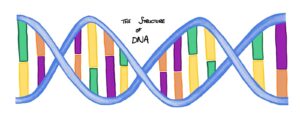Can you have different chromosomes to XX and XY? What is intersex?
Roberta Torricelli
 In humans and many other animal species, biological sex is determined by specific chromosomes. In humans, these are known as the X and Y chromosomes, and combinations of these chromosomes will define whether we are a biological female, XX, or a biological male, XY.
In humans and many other animal species, biological sex is determined by specific chromosomes. In humans, these are known as the X and Y chromosomes, and combinations of these chromosomes will define whether we are a biological female, XX, or a biological male, XY.
When we are conceived, we inherit one X chromosome from our mum and either an X or a Y chromosome from our dad. It is therefore the father, that determines a child’s biological sex. After that, all the DNA containing cells in our body will carry genes from an XX pair or an XY pair in their DNA. These genes will help us develop some of the physical characteristics that are typical of biological males and biological females.
Sometimes however, this process doesn’t occur as smoothly and individuals end up being born with more sex determining chromosomes, less or only with parts of them. This is usually due to troubles during meiosis, the cellular division process through which your mum and dad’s gametes (egg and sperm cells) are formed. As a result, a biological male can be born with XXY chromosomes, and a biological female can be born with only one X chromosome (XO). This will usually result in poorly developed female or male characteristics during puberty and later in life.

However, you don’t always have to carry a sex chromosome abnormality to present with impaired physical development of female or male characteristics. As a matter of fact, some individuals may have the correct set of sex chromosomes, and still have reproductive organs and genitals that look different from the usual. This can happen because of differences in our genes and/or due to different cellular responses to the sex hormones in our body. In some circumstances, it may be inherited but related to genes found on other chromosomes, while in others there might not be a clear reason why it happens.
